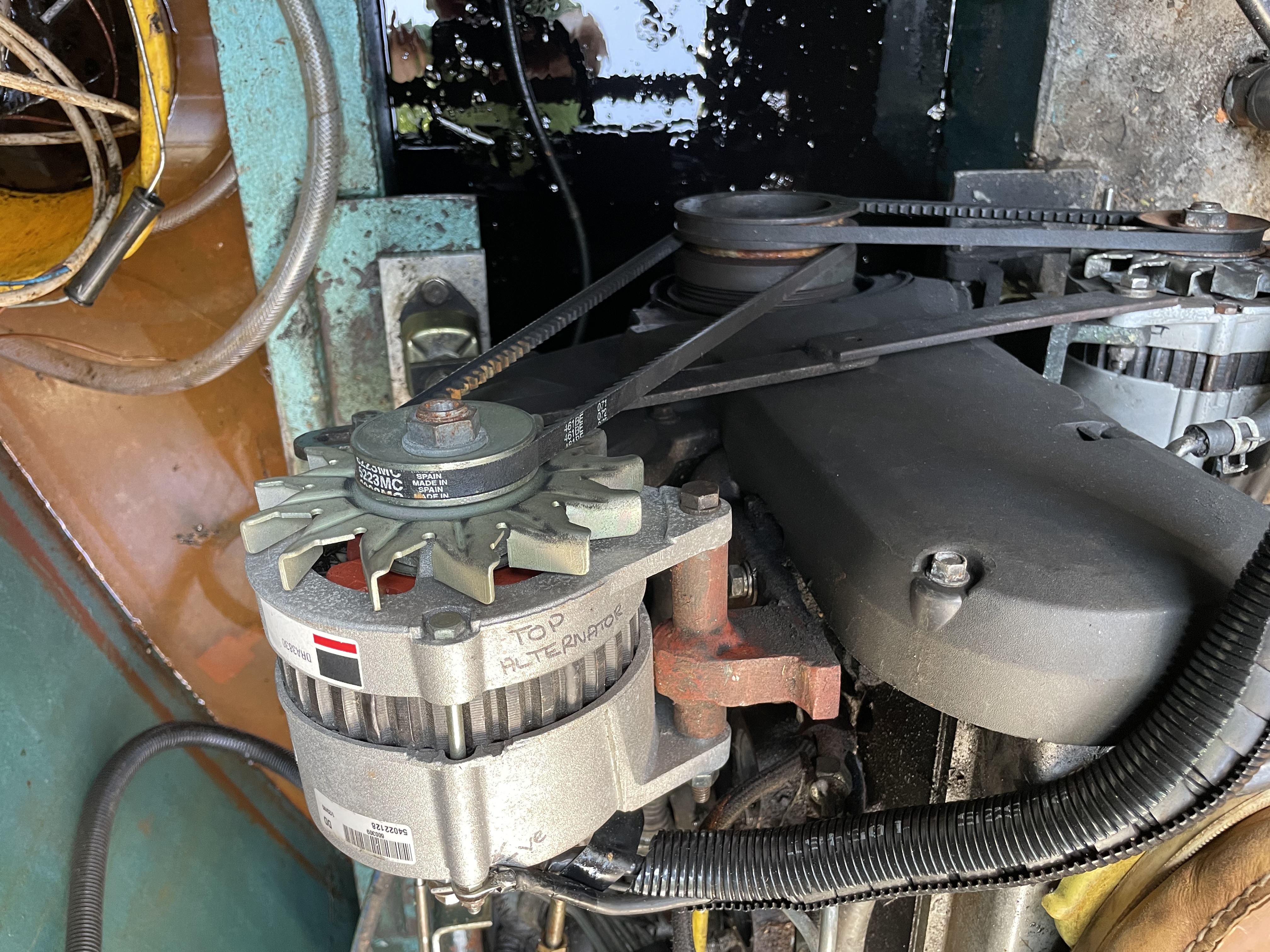Hi all,
just had a full BMS system installed on my canal boat, Distributors and Lynx, controlling a bank of 2 x 330ah lithium batteries. My engine has 2 alternators about 60a each so I hooked them up on one Orion non-isolated each, one directly from alternator, second in parallel with start battery.

I did not really monitor the temperatures and current from start, but after running the engine for a couple of hours at idle I saw that the start battery is discharging to 11.5v. I disconnected the Orion and found that the alternator was dead. No output at all, while there was some current going into the system at the beginning.
the second alternator was having voltage jumps from 17.5v to 8v then 14v and so on, within seconds, so no charge going into the BMS.
this is a pre-owned boat so I cannot guaranty that the alternators were not already very much tired, but my question is: could the Orions damage or overheat the alternators (that may be were at the end of their lifecycle) and do an irreversible damage to them? Thanks
